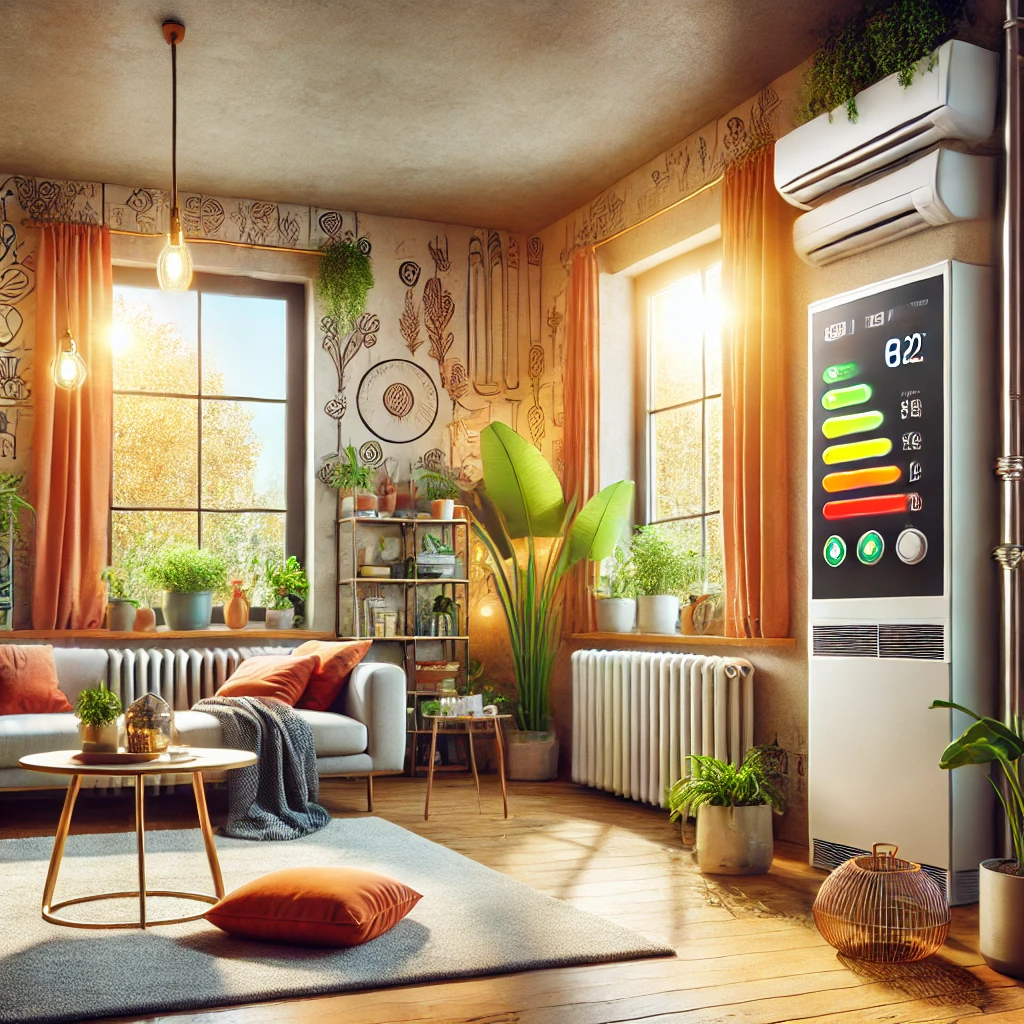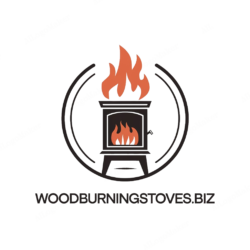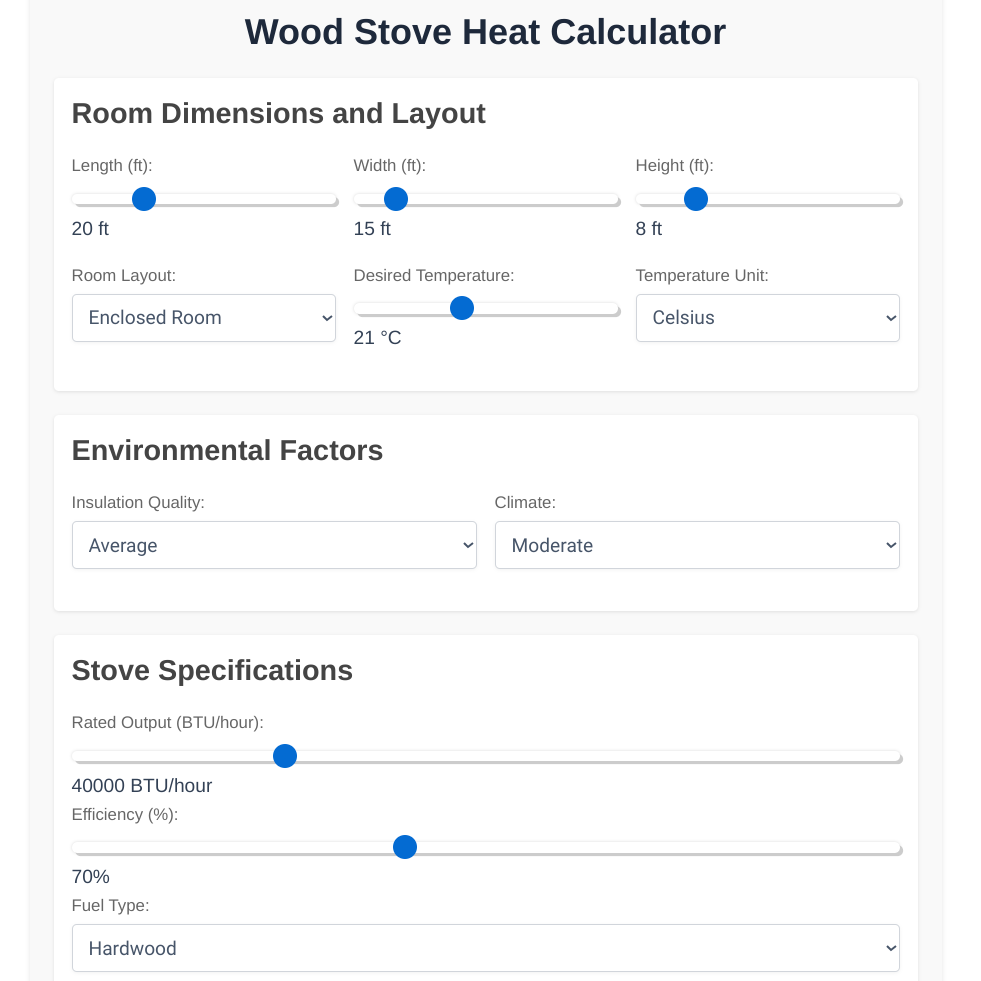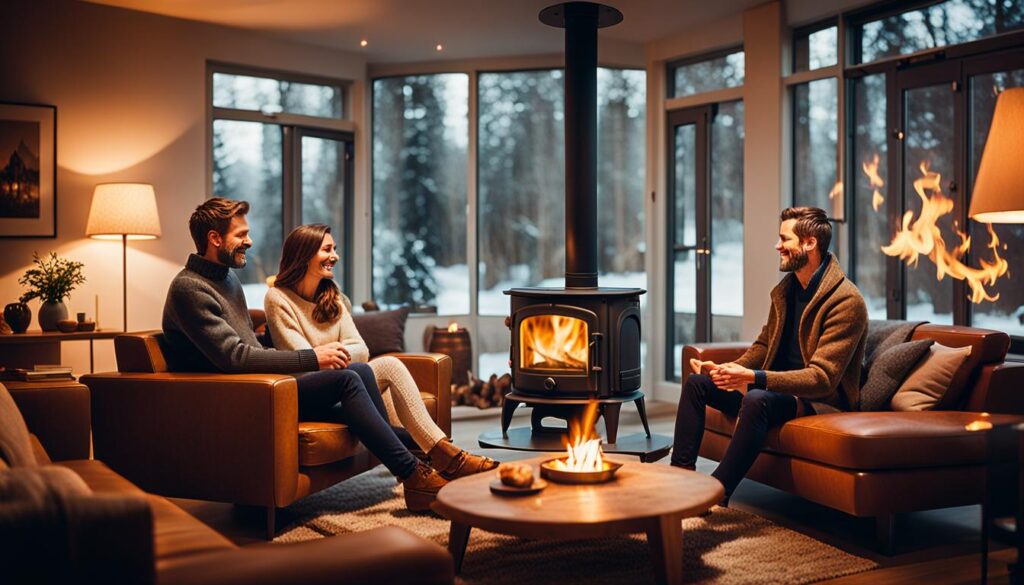As the world grapples with rising energy costs and the urgent need to mitigate climate change, homeowners are increasingly seeking eco-friendly heating solutions. Modern wood stoves have emerged as a top choice for sustainable, efficient, and environmentally responsible heating. This comprehensive guide delves into the workings of modern wood stoves, their eco-friendly credentials, and how they compare to traditional heating methods. Additionally, we explore cutting-edge features like smokeless startups and secondary burn systems that further enhance their appeal.

What Makes Modern Wood Stoves Eco-Friendly?
Advanced Combustion Technology
- Efficient Combustion: Modern wood stoves leverage advanced combustion technology to achieve hotter, cleaner burns, utilizing less wood while maximizing heat output.
- EPA-Certified Emissions: These stoves emit a mere 1-2 grams of smoke per hour, a significant reduction from the 15-30 grams emitted by traditional models, thereby decreasing harmful particles like carbon monoxide and VOCs (volatile organic compounds).
Renewable and Carbon-Neutral Heating
- Sustainable Resource: Wood is a renewable resource that, when burned, releases the same amount of CO₂ it absorbed during growth, making it a carbon-neutral heating option.
- Local Energy Source: Wood heating is local, eliminating the energy costs associated with transporting fuel long distances.
EPA-Certified Standards
- 2020 New Source Performance Standards (NSPS): Modern wood stoves meet or exceed these standards, ensuring emissions of less than 2.5 grams of particulate matter per hour, thus reducing pollution and promoting a cleaner burn.
- Recommended EPA-Certified Stoves: Explore options from home Wood Burning Stoves, renowned for their EPA-certified, eco-friendly models.
Key Benefits of Heating with a Wood Stove
1. Heating Cost Savings
- Up to 40% Reduction: Modern wood stoves can lower heating bills by up to 40%, particularly beneficial for rural homeowners with access to affordable firewood.
- Cost-Effective Fuel: Firewood is often cheaper than other heating fuels, making it a practical choice.
2. Reliable Heat During Power Outages
- Off-Grid Heating Solution: Wood stoves provide consistent heat without relying on electricity, serving as a valuable backup during power outages, especially in colder regions.
3. Simple and Easy-to-Use Features
- Programmable Thermostats: Modern wood stoves come equipped with user-friendly features like programmable thermostats for customized heating.
- Smart Heat Control Systems: Enjoy easy-to-clean glass doors and smart heat control systems, with some models offering remote control options via smartphones.
Advancements in Wood Stove Technology
Smokeless Startups
- Reduced Emissions: Smokeless startup technology minimizes emissions during the ignition process, further enhancing the eco-friendliness of modern wood stoves.
- Improved Efficiency: This feature ensures a cleaner, more efficient burn from the outset.
Secondary Burn Systems
- Enhanced Combustion: Secondary burn systems, also known as secondary combustion chambers, re-burn gases and particles, maximizing fuel efficiency and reducing waste.
- Longer-Lasting Heat: Enjoy prolonged heat with each wood load, combining convenience with sustainability.
Catalytic Converters for Cleaner Burning
- Lower Emission Technology: Catalytic converters facilitate the burning of smoke particles at lower temperatures, producing a cleaner burn and reduced emissions.
- Eco-Friendly Choice: Stoves equipped with catalytic converters are among the most environmentally friendly options in the wood stove market.
The Environmental Impact of Modern Wood Stoves
A Cleaner Burn with Minimal Impact
- 90% Reduction in Particulate Matter: High-efficiency stoves significantly cut down on particulate matter, contributing less to air pollution compared to traditional wood-burning stoves.
- Improved Air Quality: Communities adopting high-efficiency wood stoves have seen up to a 30% reduction in particulate pollution, leading to cleaner air and better health outcomes.
Sustainable Wood Sourcing
- Responsibly Managed Forests: Over 70% of wood used for heating in the U.S. comes from sustainable sources, reducing deforestation risks and maintaining long-term forest health.
Case Studies and Real-World Examples
Vermont Wood Stove Replacement Program
- Successful Emission Reduction: The program’s replacement of outdated wood stoves with high-efficiency models resulted in up to a 70% reduction in emissions, serving as a model for other states.
European Union’s Push for Cleaner Heating
- Incentivizing Eco-Friendly Heating: The EU’s subsidies and rebates for high-efficiency wood stoves aim to meet air quality and emission targets, emphasizing cleaner, renewable energy sources.
Choosing the Right Wood Stove for Your Home
- EPA Certification: Ensure the model meets current environmental standards for peak efficiency and reduced environmental impact.
- Proper Sizing: Select a stove that is appropriately sized for your space to avoid underheating or overheating, which can lead to fuel waste.
Frequently Asked Questions
Do modern wood stoves impact indoor air quality?
- Improved Safety: EPA-certified wood stoves are designed to limit harmful emissions, significantly improving air quality compared to older models.
What kind of cost savings can I expect with a wood stove?
- 20-40% Annual Savings: Using a wood stove can lower heating costs by 20-40% annually, especially with access to cost-effective firewood.
How often does a catalytic converter need to be replaced?
- 5-8 Year Lifespan: Catalytic converters typically last 5-8 years, depending on usage, with straightforward replacement processes outlined by manufacturers.
What’s the environmental benefit of using wood as a heating source?
- Carbon-Neutral Heating: Wood is carbon-neutral, releasing the same CO₂ it absorbed over its lifetime, making it an eco-friendly heating option when sourced sustainably.
Explore Eco-Friendly Wood Stove Options: Visit Wood Burning Stoves for the latest in modern, environmentally responsible wood stoves.


